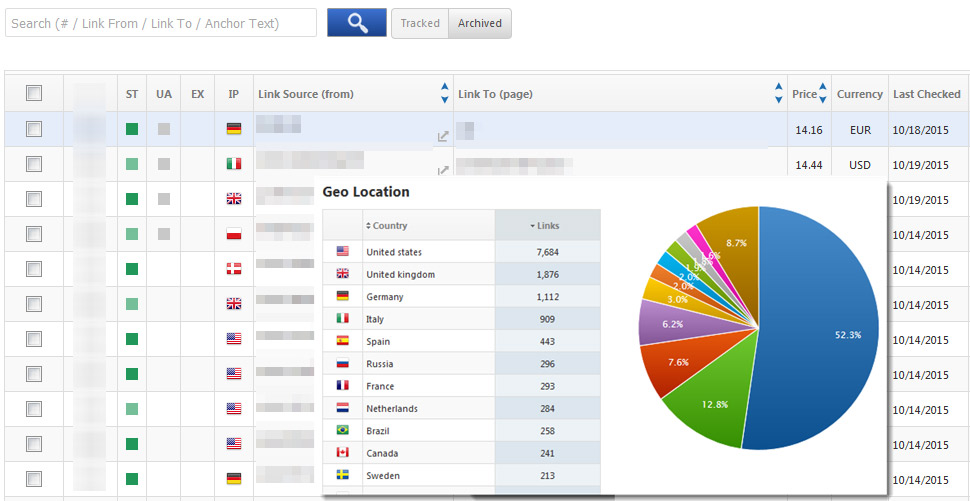
Posted by
Simran Puttar
Backlinks are an important and integral part of SEO that aim at increasing site traffic vis-à-vis search engines. Utilizing backlinks properly doesn’t necessarily mean a large quantity of them, nor is its impact limited to increased page rank. Backlinks are simply more dynamic than mere quantity and more relevant to SEO than just page rank. In fact, backlinks cover the broader span of what it simply means to have “good SEO.” With this, it becomes prudent to discuss one of the most significant aspects of backlinks (within an SEO framework), namely anchor text.
Our specific focus here will be to discuss anchor text link building in a comprehensive way. That is, how has it changed with Google’s updates? How does it affects SEO? What are the do’s and don’ts of anchor text link building? Let’s then begin with the absolute basics.
What is Anchor Text?
While on any website or web page, you may see text that is a different color and underlined. If you were hover over this text with your mouse and a link were to appear then by George you have chanced upon anchor text! Click on that text and you will surely be swept away to a new page!
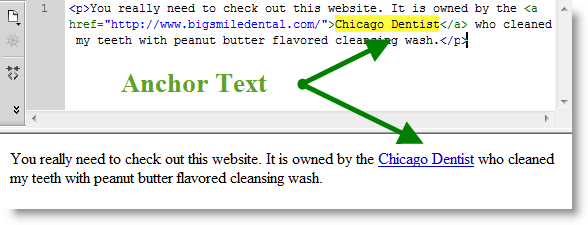
Why Is Anchor Text so Important?
As long as the backlinks are important to a website, anchor text plays a crucial role. Google itself highlighted its importance in 2012 when it launched its updated Penguin. As a result, anchor text became one of the easiest ways to determine the relevancy of any website. More than that, Google uses backlinks to determine if a website has been over-optimized. It is important to note that over-optimization is penalized by Google. Obviously then, the role of properly selecting anchor text is more importance than ever.
The text you choose as your anchor text must contain words or phrases that are associated with the embedded link. Say you run a company offering search engine optimization services and want to link visitors to your site from the little blurb on your homepage about the keyword research services you offer to the page where you actually outline the service in a comprehensive manner. You would need to select the words or phrases within that blurb on your homepage that actually relate to keyword research. Selecting words or phrases as your anchor text that are unrelated to the ultimate destination of the user (in this case the page that outlines your services on keyword research) is obviously unproductive. By selecting relevant anchor text you are able to effectively and internally link your website’s pages so that when a visitor clicks on certain words or phrases, they are moved to the relevant hyper-linked page automatically.
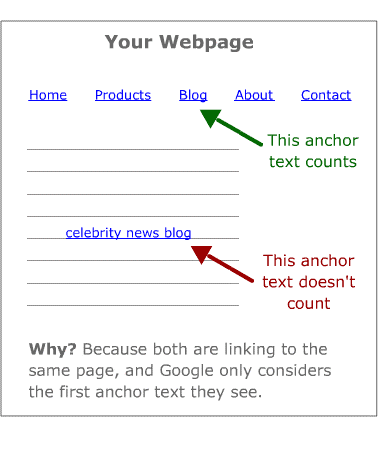
Types of Anchor Texts and How to Use Them
 Zero Anchor Text: Not all phrases are equal. Phrases such as click here, see this link, check this website, go here, and click now, are zero anchor texts. This means they have no significant value in so far as content is concerned. You should avoid using such phrases, actually you should never use such phrases as anchor text.
Zero Anchor Text: Not all phrases are equal. Phrases such as click here, see this link, check this website, go here, and click now, are zero anchor texts. This means they have no significant value in so far as content is concerned. You should avoid using such phrases, actually you should never use such phrases as anchor text.
***** URLs: This refers not to any specific words or phrases on a page, but to actual links embedded within the text. Inserting direct ***** links (i.e. copying and pasting a link onto your page) can affect your face value. It also interrupts the reader, which is exactly what you don’t want!

Exact Match Anchor Text: As opposed to selecting associative words or phrases as your anchor text, you have the option of selecting something a bit more precise. That is, the text you select as your anchor text can be an exact match to the keyword(s) embedded within the hyperlink. So say you select the phrase India SEO services as your anchor text, and say that the keywords within the link are… India SEO services, well then this would be an example of an exact match anchor text. User be warned, over-using exact match anchor texts could lead to bad SEO practices as Google will consider this to be an unnatural link building practice.
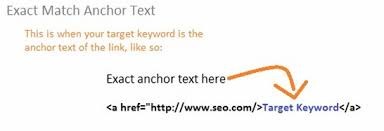
Partial Match Anchor Text: There is an alternative to exact match anchor texts… partial match anchor texts. Continuing with our example from above, say you want to link to India SEO services, you don’t need to select an exact match to achieve the desired results. Instead of selecting the location in the keyword, (in this case India) you can use phrases such as best SEO services or top SEO services as your anchor text, Google will do the rest. Google’s crawlers, by analyzing the surrounding text, will pick up the location of the SEO services you are referencing, India. It’s like determining the definition of a word by its surrounding context as opposed to looking it up in the dictionary per se. In other words, you’re using some of the keywords (i.e. SEO services) and letting Google fill in the missing keyword, India, via the surrounding context. By using partial match anchor texts Google won’t consider you to be using an unnatural link building practice. Simply put, partial match anchor text is highly recommended.

Diversified Anchor Text: You can use terms related to your main keywords and as your anchor text, i.e. your anchor text does not need to include any words that match your keywords. For example, if the main keyword in your link is SEO services, then your anchor text could be phrases such as; search engine optimization, website search engine optimization, or what is search engine optimization?, etc. Think about it like using synonyms, your anchor text can make use of words or phrases that for all intents and purposes mean the same thing as the keywords in your link. This practice is also called hybrid anchors or LSI (Latent Semantic Anchors) anchors, and is highly recommended as it adds diversification to your anchor texts.
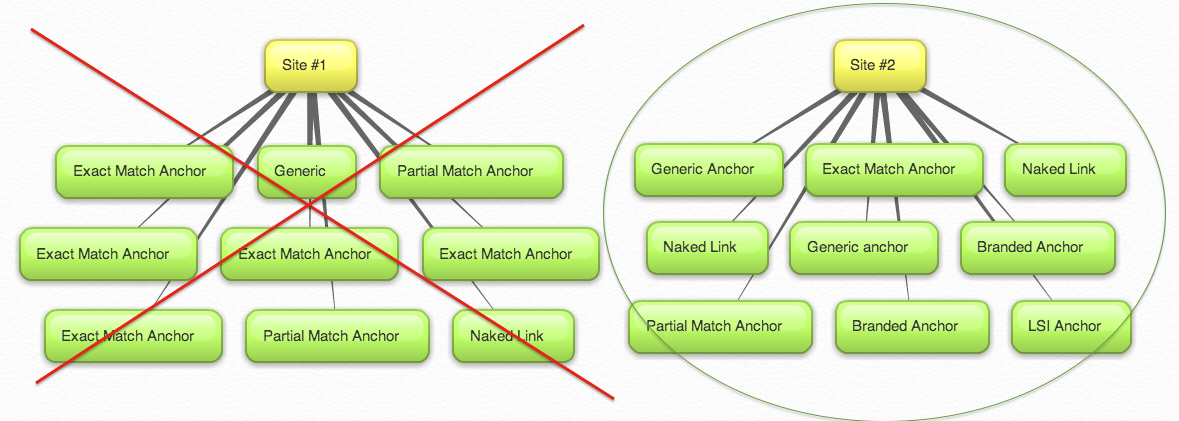
Branded Anchor Texts: You may wish to use your very brand name as anchor text, thus dubbing it branded anchor text. However, when speaking of brand name it is important to make a significant distinction between the actual brand name and the name within the URL. When we refer to ‘brand name’, we are referring to the actual online brand name, not the name within the URL. This is important to note when using your brand name as your anchor text. You may want to select your brand name as your anchor text, but you don’t want to do so if that name is also used within your URL. So say you operate a shoe company called Johnny’s Shoes, you can use the brand name as it appears within your content for anchor text provided the term Johnny’s Shoes is not also used within the URL. Creating anchor text that matches the domain name is a risky SEO practice and shouldn’t be done.
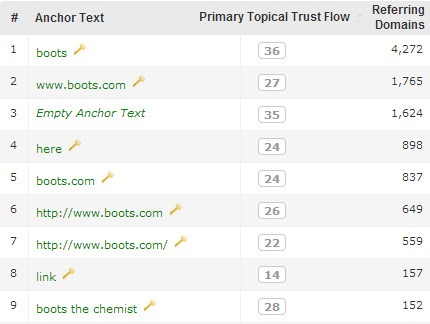
NoText Anchors: Like its name sounds, noText anchors… well they have no text. This is actually a common practice that many people use. NoText anchors are built via pictures on a website, also known as an image anchor. Google uses the ALT tag in the image as the anchor text itself. If you leave the ALT tag section empty, you will get the noText anchor.
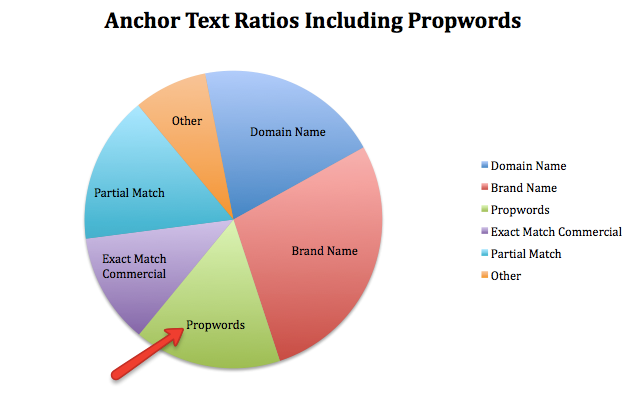
Suggested Search Options: You can actually use suggested search options as your anchor texts. Where do find related search options? Whenever you search for anything on Google, Google provides you with searches that are associated with your own search. You can manually search for these phrases or automate the process with Rank Ranger’s Google Suggested Search API to save time in gathering big data sets.
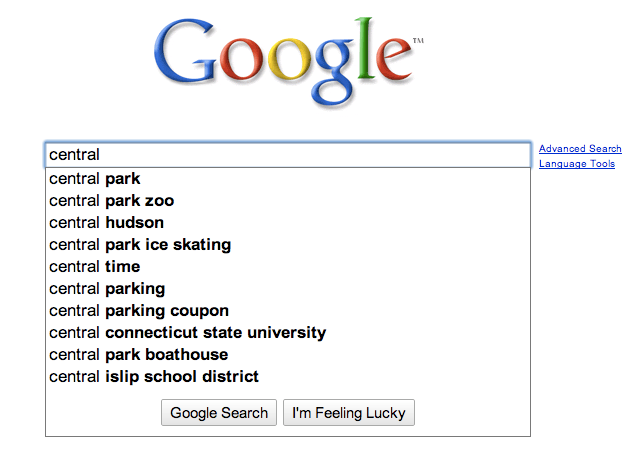
How Should You Set up Your Anchor Text?
1) Develop content in such a way that your anchor text perfectly aligns to the message you seek to convey to the reader. Keep things tight by maintaining the relevancy of your anchor texts without compromising the reader’s experience. It is precisely for this reason that solid website content development is vital.
2) As noted above, there are a variety of types of anchor text at your disposal when creating backlinks. The issue then becomes one of allocating the resources at your disposal. What should the ratio of partial match anchor texts be relative to exact match anchor texts? How many branded anchor texts work best? When should you use a diversified anchor text or even a no text anchor? Questions like these can be tricky to answer as they entail a certain degree of subjectivity. You have to play around and test out what percentage of which types of anchors works best for you. You might find that at times a higher concentration of branded anchor texts works best, while at other times a generic anchor text would be better. Experiment with the various methods by tracking your results each time. Give preference to the types of ‘anchoring’ that gives you the best results.
To start out you may wish to try the following setup:
Link 1: Exact match anchor
Link 2: Partial match anchor
Link 3: Any anchor type
Link 4: Partial match anchor
Link 5: Any anchor type (excluding the one selected as the third link)
Link 6: Partial match anchor
Link 7: Any anchor type (excluding the ones selected as the third and fifth link)
Link 8: Partial match anchor
Link 9: Any anchor type (excluding the ones selected as the third, fifth, and seventh link)
Link 10: Exact match anchor
Keep in mind that the above is just a sample, try it or not, it’s up to you.
The aim of providing a sample layout is just to start you off in order to see difference it makes in your traffic and ranking. Keep experimenting until you reach the point where you get your best results. There’s no perfect formula. However, no matter what you do, don’t compromise on relevancy, naturalness, and diversification. Relevancy, naturalness, and diversification keep you away from Google’s penalty circle. Sticking to these guidelines can also double your ranking and traffic count. If however your anchoring practices don’t look natural to Google, or there’s no degree of diversification or relevancy to them, you are headed in the wrong direction.
Tracking Backlink Performance
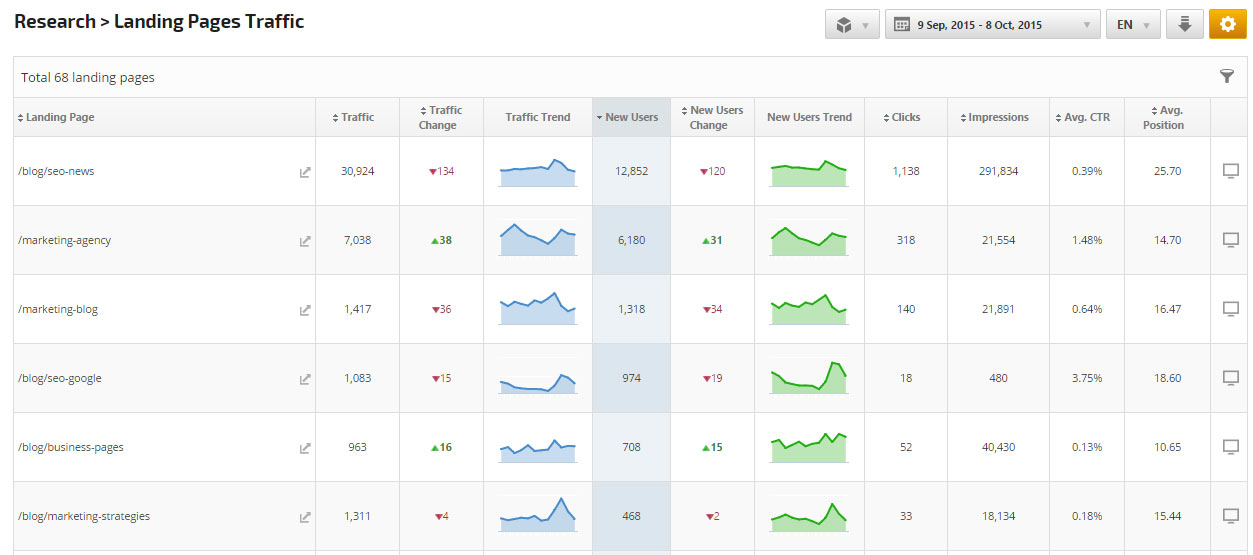
If you have created links between sites that you manage, you can monitor the landing page traffic with a variety of Rank Ranger reports. If you decide to pay for or exchange links with another site, then Link Manager is a great tool for monitoring and analyzing backlinks.





